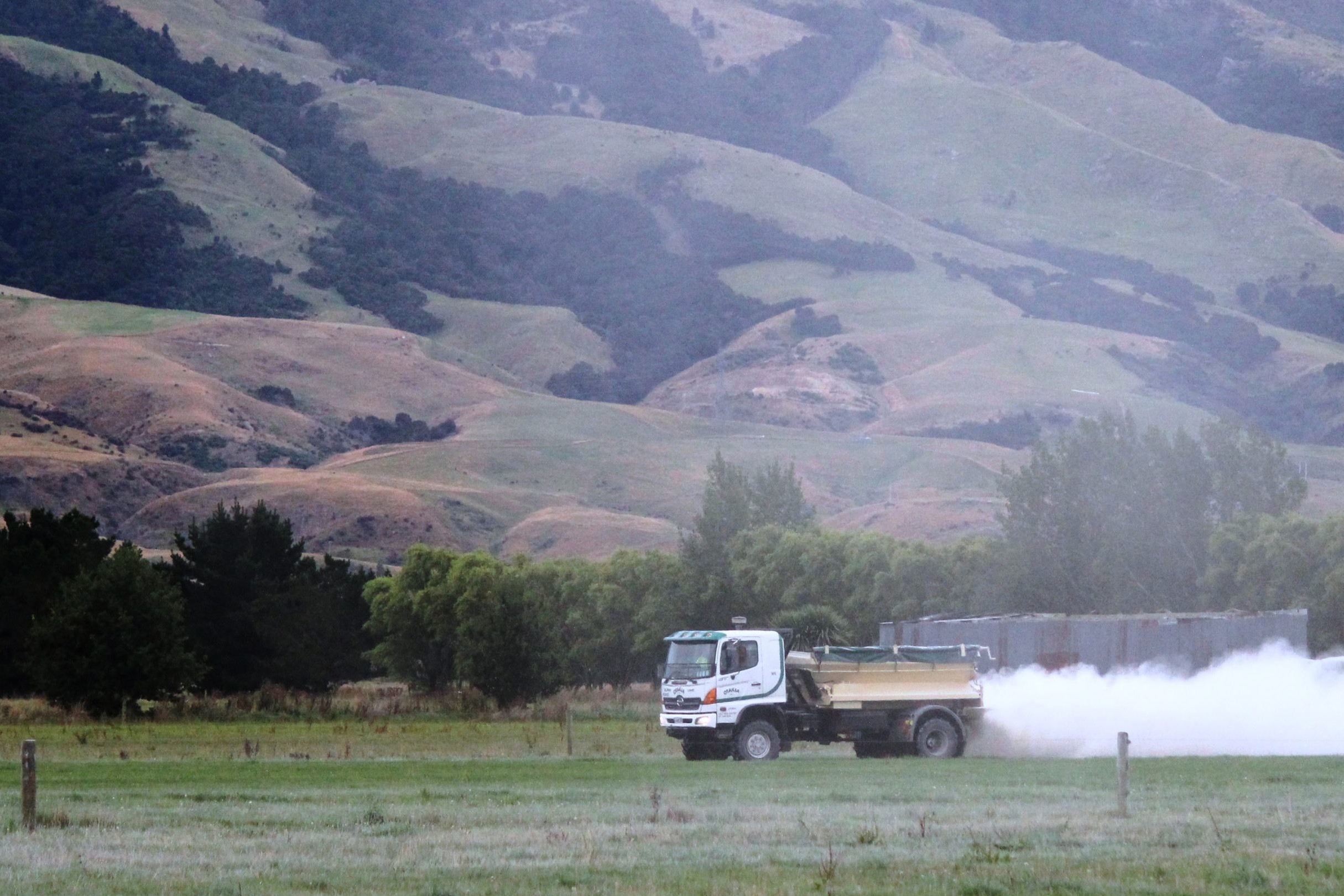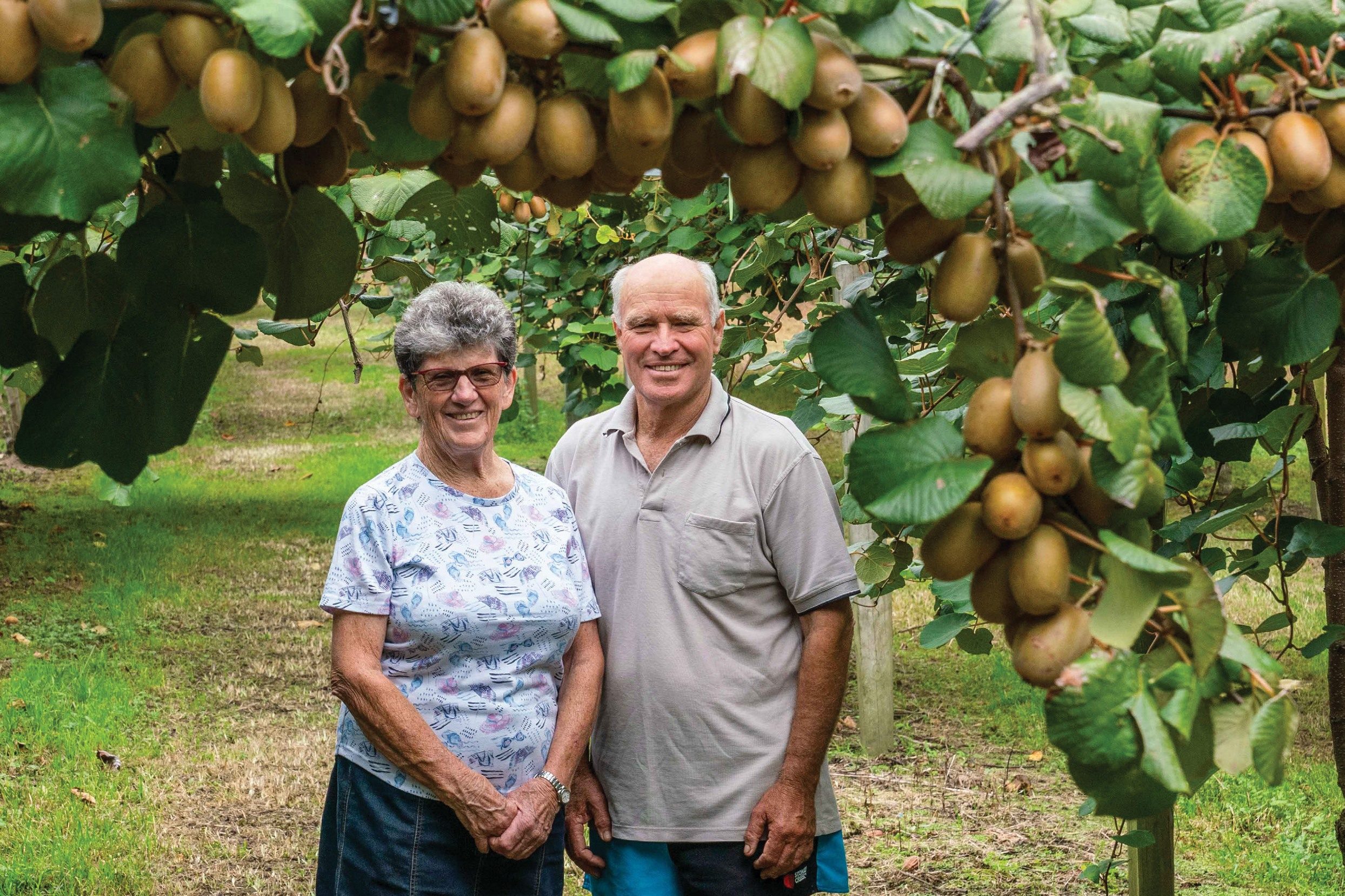Just because the price of supplements, among other inputs, is soaring doesn’t mean they shouldn’t be used, a farm consultant urges. Karen Trebilcock reports.
Dairy Nutrition and Management Solutions consultant Howard de Klerk is worried some advice may cause farmers to back off from buying expensive supplements this season. He’s urging them to think again.
With grain reaching $600/tonne and palm kernel $400/t, farmers shouldn’t cut back production to save on feed costs as the lost income could be greater than the savings.
“We monitor the amount of pasture harvested on our clients’ farms annually and the past season showed Southland harvested 2t drymatter (DM)/ha less pasture than the year before and Canterbury was down more than 1.5t DM/ha despite irrigation.”
The variation was significant and if less pasture was again available in a season, more supplements were required to produce the same amount of milk but farmers this year would be questioning whether it was viable at current prices.
However, the maths showed it still was.
“It’s widely accepted in New Zealand a cow requires 80 megajoules of metabolisable energy to produce 1kg milksolids (MS) once her maintenance requirements have been met,” he said.
“A kilogram of grain contains 13 MJ ME so doing the maths it shows a theoretical maximum of 162g MS per kg of grain. For palm kernel this is about 140g response.”
Records for more than a decade of the company’s clients, spanning thousands of lactations, show their cows use on average 10kg DM to produce 1kg MS during lactation.
“This is a response rate of 100g MS for 1kg DM which includes all feed in the diet including pasture, silage, palm kernel and grain.
“So, if the milk price for 1kg MS is more than 10 times the cost of the supplement per kg DM, it will be financially viable to buy in the supplement.
“We’ve probably got a $9-plus payout now which is still more than 10 times the cost of a kilogram of grain at 60c. Grain would have to be approaching $900/t for it not to be worthwhile.”
Some overseas studies had led scientists to advise farmers there were 50% hidden costs when feeding supplements such as grain, which meant if grain cost $600/t it actually cost $900/t including the hidden costs.
“But this is simply not true. The data did show that the costs increased on a per hectare basis but so did the milk production per ha which offset the so-called hidden costs on a per MS basis.
“Increased feeding will increase milk solids which is likely to cause a rise in some costs like wages especially contract milking costs, repairs and maintenance, and electricity.
“However, interest, rates and fertiliser are per hectare costs. If you increase your milk production, these overhead costs won’t change but they will be diluted on a per MS basis.
“Animal health, breeding, wintering and rearing are per cow costs and again, the higher the production per cow the more these costs are diluted on a per MS basis.
“Overall profit is determined not only by profit per MS but also by the number of MS produced.
“It is a balance or trade-off between cost per MS and number of milk solids produced which determines the overall profit of the farm. Marginal analysis shows that if the extra MS produced adds to the overall profitability, production should be maintained and not cut back.”
He said financial modelling of clients’ data this year showed cutting back on supplements would reduce profitability.
“At current prices, the profitability ranking of high to low input systems did not change, even if the payout fell below $7.00.
“Farmers with typical debt and interest costs, will make less profit on a low production grass only system – significantly less.”
He said increasing cow performance was not only good for the balance sheet but also for the environment.
“Recent New Zealand data, peer reviewed and published in scientific papers, clearly shows that having fewer, higher performing, more efficient cows are better for the environment than lots of low producing cows.
“Management practices like once-a-day (or three-in-two or ten-in-seven milking) reduces the production per cow and is therefore worse for the environment. The environmental cost per MS gets higher with lower production per cow.
“Efficiency is hard to beat – both financially and environmentally.”
As a country, cow numbers can be reduced, if production per cow is improved to maintain overall production.
“The environmental impact is not only determined by cow efficiency, but also by how the cows are managed.
“A 500kg cow eating 5000kg DM per lactation, a mix of 4250kg pasture, grain and palm kernel, consumes about 186kg of nitrogen per season.
“But about 38kg of that nitrogen ends up in the milk if she’s producing 500kg MS. If the cow excreted most of the remainder, it would be 148kg N per lactation.
“With a stocking rate of 3.3 cows/ha that’s 488kg N/ ha or 48.8kg N/ha per month for the ten months of lactation.
“For that hectare to grow 14T DM containing 25% protein, the pasture needs to ‘suck up’ 560kg N per ha – which is the amount of N in 14T of pasture.
“If the farmer applied another 75kg N per ha in the form of urea, that pasture would theoretically absorb all the N applied by the cows and fertiliser. Obviously, it is not that simple, but this is just an illustration of the amount of N involved.”
He said using the same methodology, dry cows wintered on a fodder beet paddock could potentially excrete 720kg N (1565kg urea equivalent) per ha or 360kg N/month/ha.
“That’s based on 33 cows/ha and a 75-day average dry period, with a the 500kg cow offered 10kg fodder beet and 4kg balage per day and a 25-ton fodder beet yield. “This is potentially 7.5 times more N/ha/month than during lactation and at a time when nothing is growing.”
The simple N flow calculation was far from perfect as not all the remaining N was excreted in dung or urine as the cows were also growing an unborn calf, but it did show the scale of N loading during the winter far exceeded the lactation period, he said.
“Tinkering with lactating cow numbers will not fix this problem because that is not where the problem is.
“We need to address the elephant in the room, and deal with the winter N loading and the most obvious solution to this problem is a contained effluent system.
“A lot of work has been done to reduce the impact of the N excreted in winter, like catch crops and other mitigation practices, but it does not reduce the actual amount of N.”
About a third of the company’s clients already had barns or some sort of housing system which collected effluent, and more clients were investigating the option.
“Cow housing is not cheap, but banks are willing to finance housed systems, with some offering environmental loans with lower interest rates. Recent calculations show some systems have a payback time of about eight years.”
Housed cows in winter required up to 40% less feed with less N excreted. The stored effluent could be used as a source of nutrients to grow silage for the winter feed when soil conditions were favourable.
“Recycling nutrients from paddock to barn and back to paddock is not only financially clever, but also environmentally sustainable.
“If the dairy industry addresses the real issues, there is no reason why New Zealand cannot offer a bright sustainable future for dairy farmers and allow them to continue to play a vital role in the economy.”





